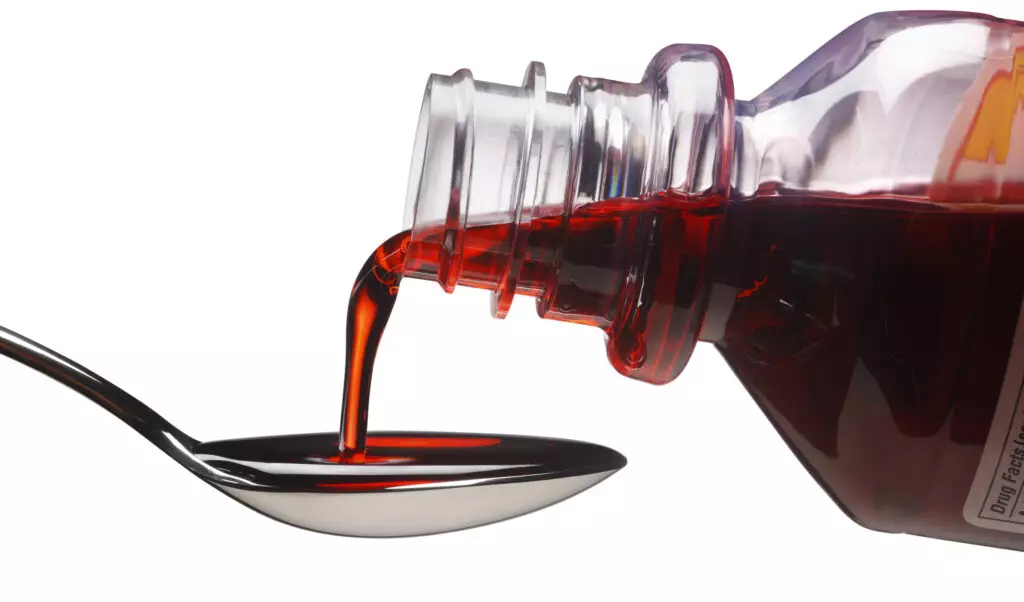What kind of drug is lean? Also known by names such as purple drank, Texas tea, purple lean, sizzurp, purple jelly, and dirty sprite, lean isn’t a typical drug, but a sweet, syrupy beverage that may contain dangerous substances such as codeine or alcohol. Reportedly, the concoction is named “lean” because drinking it can make you lean or slump to one side.
Lean is especially favored by underage kids looking for a cheap and easy way to get high, and it’s often a young person’s first experience with drugs and alcohol, Because the flavor is sweet and tangy, it’s easy to get carried away and drink too much. Although the side effects of lean aren’t usually deadly, it has been associated with several fatal overdoses in the last few years, especially among well-known singers and professional athletes.
According to the U.S. Department of Justice, lean drink, which originated in the southern United States, has been around since the1960’s. In its early days, the drink was a combination of cough syrup and beer, and in recent years was adapted to its current form.
What is the Drug Lean Made of?
Although the mixture varies, lean typically consists of cough medicine, soda pop like Mountain Dew or Sprite, and hard candy such as Jolly Ranchers. Alcohol is often added to the mix.
What Cough Syrup is used for Lean?
Usually, lean is made from cough syrup containing promethazine with codeine, a medicine prescribed by doctors to treat cold or allergy symptoms such as cough, runny nose, and sneezing. Codeine is an opioid, and although it’s weaker than heroin or morphine, the effects on the body are similar. It’s safe when used properly, but like all opiates, codeine is habit-forming and shouldn’t be used in excess or for long periods.
If prescription cough medicines with codeine aren’t available, lean is often made of over-the-counter cough syrups that contain dextromethorphan (DMX). Dextromethorphan has a mild stimulant effect that produces feelings of euphoria. It is safe when used as directed, but it can cause hallucinations or out-of-body experiences when used in large quantities.
How Addictive is Lean?
According to the U. S. Drug Enforcement Administration (DEA), prescription cough syrups containing a small amount of narcotics, such as promethazine with codeine, are classified as Schedule 5 drugs with a low potential for abuse when used as directed. However, the cough syrups are highly habit-forming if misused.
Over-the-counter cough syrups containing dextromethorphan (DMX) aren’t habit-forming when used as recommended on the label, but large doses can lead to addiction. Abuse of DMX is so high in some states that pharmacists are required to keep the products behind the counter, for sale only to adults over age 18.
If you become addicted to lean, you’ll need to drink larger amounts to capture the good feelings, or even to feel normal. If lean isn’t available, you’ll feel sick and will experience powerful cravings.
What are the Side Effects of Drinking Lean?
People who drink a lot of lean cough syrup may experience several unpleasant side effects, including:
- Loss of coordination
- Dizziness
- Nausea and vomiting
- Blurry vision
- Slurred speech
- Anger and irritability
- Respiratory depression
- Irregular heart rhythm
- Increased heart rate
- Increased blood pressure
- Loss of coordination
- Extreme sleepiness
- Loss of consciousness
- Seizures
Lean addiction is only one result of long-term use. If you drink large amounts of lean made with codeine cough syrup over long periods, you may also experience:
- Weight gain
- Tooth decay
- Extreme agitation
- Shortness of breath
- Lack of energy
- Urinary tract infections (UTIs)
- Brain damage
- Sudden death
Other side effects of drinking lean can vary significantly depending on the contents of the drink. For instance, cramps, diarrhea, and loss of appetite are associated with cough syrups containing codeine.
Dextromethorphan (DXM) cough syrups may seem safe, especially since you can buy it over-the-counter in most states. However, drinking large quantities can trigger several dangerous and frightening side effects, including hallucinations, loss of contact with reality, loss of control, and momentary blindness. You may also experience severe anxiety, panic attacks, aggression, stomach pain, vomiting, slurred speech, lack of energy, memory loss, rapid breathing, and coma.
Alcohol added to lean drinks significantly increases the risk of side effects, such as brain fog, delayed reaction, and problems with balance and coordination, mainly when the lean drink also contains codeine. The primary danger of lean drink containing alcohol, however, is respiratory depression. Car accidents are also a very real possibility.
Side-Effects of Drinking Lean: Possible Overdose
It’s possible to overdose on lean or purple drank. If you think someone is overdosing, call for help immediately. Signs of overdose include:
- Blue lips and fingernails
- Confusion
- Dizziness
- Cold, clammy skin
- Muscle twitches
- Loss of consciousness
- Breathing problems
- Weak pulse
What to do if you are Addicted to Lean
Lean drink is easy to make, and most ingredients (except for cough syrups containing codeine) are readily available at any supermarket or convenience store. The problem is that too much can make you very sick, and a lean addiction can destroy your life. If you think you’re addicted to lean or purple drank, or if you’re worried about a friend or family member, it’s essential to seek help as soon as possible. The longer you wait, the higher the chance that something bad happens, or that you become very ill.
Drug treatment or rehab will help you cope with withdrawal symptoms when you stop using lean. With counseling, you’ll learn safer ways of dealing with stress, and you’ll identify triggers that may lead to relapse.
Take the First Step to Recovery
Call our addiction specialists at 1st Step Behavioral Health at (855) 425-4846 or contact us here for more information. We provide hope and help that will get you through the rough withdrawal period, and on the road to a healthier, happier life free of dangerous chemicals.
Jump to a Section
Call (855) 425-4846
